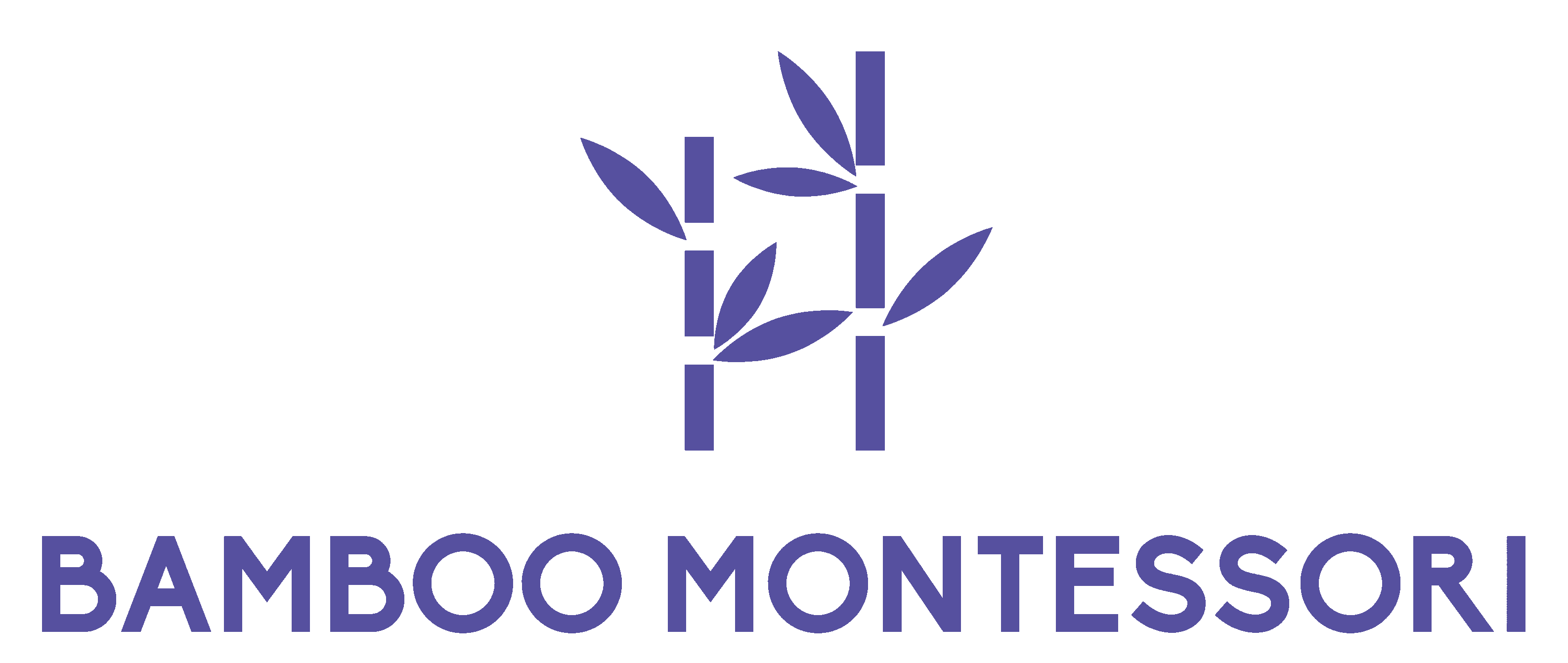Reflecting on my half-month journey as a director, I’m filled with gratitude for the incredible experience I’ve had at Bamboo Montessori. It’s been both busy and wonderfully fulfilling, and I’m excited to continue shaping our high-standard Montessori Bilingual Kindergarten.
I want to extend my heartfelt thanks to the parents who have shown interest in joining our community, as well as those who have already signed contracts. Your trust in me and in the vision for our nursery means the world.
I understand that some parents may still have questions about Montessori education and its benefits. Allow me to shed some light on this transformative approach.
In a Montessori classroom, we create a well-prepared environment that mirrors a miniature society. Children engage in activities that mimic real-life tasks, guided by their innate inner teacher. Especially for children aged 0-3, their development parallels that of a chick hatching from within—an organic process that requires nurturing and supportive surroundings.
Our classroom is divided into five areas: daily life practice, sensory, math, language, and culture. However, the most crucial element in this environment is adults.
Today, I’d like to introduce a fundamental technique we implement both in the classroom and at home: NO REWARD, NO PUNISHMENT.
We aim to cultivate intrinsic motivation in children, encouraging them to engage in tasks because they find joy and fulfillment in doing so, rather than seeking external rewards or fearing punishment. Rewards, such as treats for good behavior, and punishments, like time-outs for misbehavior, can inadvertently undermine intrinsic motivation.
Instead, we acknowledge positive behavior and gently guide children towards the right path when they make mistakes. Praising the child’s effort and specific aspects of their work fosters a sense of intrinsic satisfaction and pride.
When addressing negative behavior, such as hurting others or damaging materials, we intervene promptly and show children the appropriate way to behave. Rather than correcting every mistake immediately, we provide gentle guidance and model behavior that children can emulate.
In the Montessori environment, many materials are designed with built-in error correction mechanisms, allowing children to learn from their mistakes independently. Our role as adults is to serve as positive role models, offering children the opportunity to observe and learn from our actions.
I encourage you to consider implementing this technique at home as well, fostering a joyful learning environment based on intrinsic motivation.
Together, let’s continue to empower our children to learn and grow in ways that honor their natural curiosity and drive.

